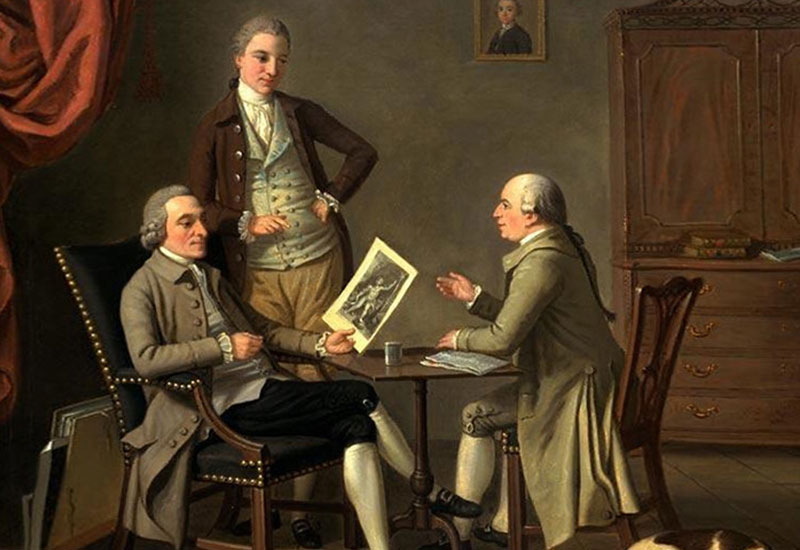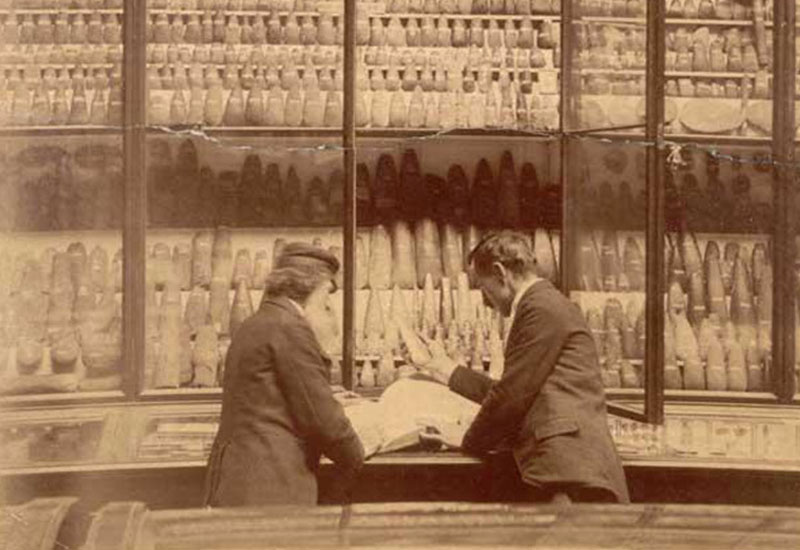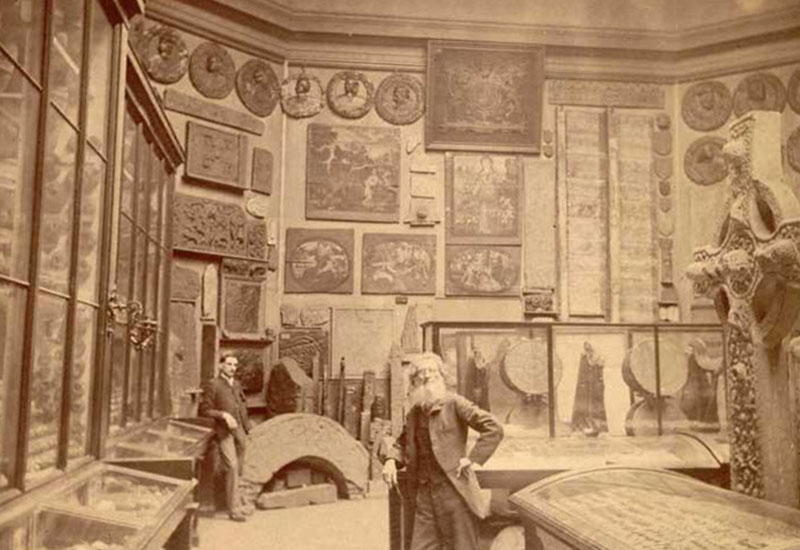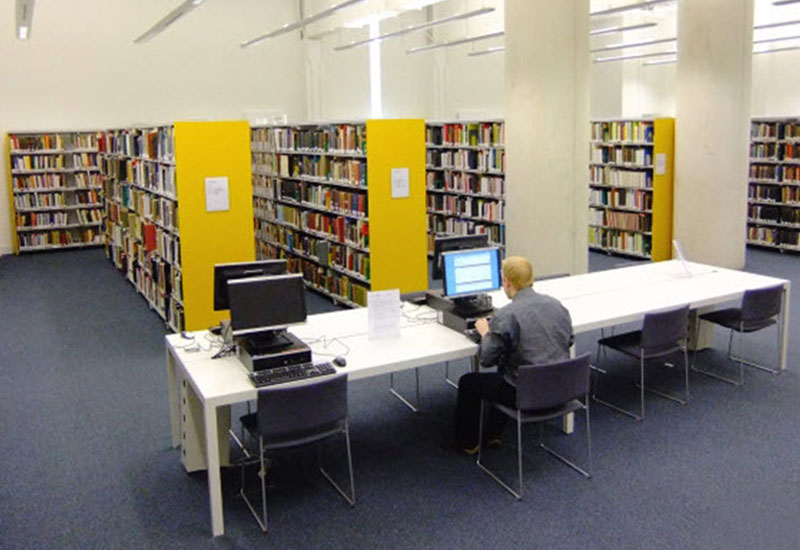Our History
For over 240 years the Society has been actively supporting the study and enjoyment of Scotland’s past.
As the oldest antiquarian society in Scotland, founded in 1780 by David Steuart Erskine, the 11th Earl of Buchan (1742-1829), and incorporated by Royal Charter in 1783, the Society was born during a period of intellectual energy in Scotland renowned as the Scottish Enlightenment.
Many of those contributing to that energy were already, or would become, members. A succinct account of the inauguration and early history of the Society written by William Smellie (1740-1795), Superintendent of Natural History of the Society from 1780 and compiler of the first Encyclopaedia Britannica, can be found in our first journal volume Archaeologia Scotica – the Transactions of the Society of Antiquaries of Scotland.

The purpose of the Society is set out in the Royal Charter: “…to investigate both antiquities and natural and civil history in general, with the intention that the talents of humanity should be cultivated and that the study of natural and useful sciences should be promoted.”
The original members began to donate material to the Society from its inception, and in 1781 it bought a property so that the donations it received could be stored and displayed. The Antiquarian Society Hall appears on A Plan of the City and Suburbs of Edinburgh produced in 1784 by Alexander Kincaid located off the Cowgate and behind Parliament Close off the Royal Mile (then Lawnmarket). After several moves, the Society rented accommodation in the Institution for the Encouragement of the Fine Arts (later the Royal Institution) at the foot of The Mound in 1826 (now the Royal Scottish Academy). A detailed account of the history of the Museum was written by RBK Stevenson, former Keeper of the National Museum of Antiquities of Scotland and President of the Society, in The Scottish Antiquarian Tradition, edited by A S Bell and published to mark the bicentenary of the Society and its Museum in 1981.
In 1841 there were over 4,000 visitors, including the Queen and Prince Albert, to the Society Museum to view the thousands of objects collected over the previous 60 years. By 1850 free admission to this collection was attracting 17,000 visitors per year, which led in turn to the accelerated expansion of the collection as donations flowed in, and to the publication of a 150 page catalogue.

In November 1851 the signing of a Deed of Conveyance with the Board of Manufactures on behalf of UK Parliament made the Society collections National Property in return for fit and proper accommodation at all times, for the preservation and exhibition of the collection, and also for the Society’s meetings, free of all expense to them. By this time the collections were housed in 24 George Street, but were moved back to the Royal Institution in 1858 as part of the Conveyance. This transfer also freed the Society to invest in the initiation of the annual Proceedings. The Society and collections then moved to the purpose built accommodation on Queen Street endowed by John Ritchie Finlay in 1882 and completed in 1890, designed by Sir Robert Rowand Anderson (1885-1890) and shared with the National Portrait Gallery. Dr Julie Holder has written more about this key period in the Society’s history.

The 1906 National Galleries of Scotland Act replaced the Board of Trustees for Manufactures in Scotland with the Board of Trustees for the National Galleries of Scotland. In 1949 the Standing Commission on Museums and Galleries recommended to the Prime Minister and Secretary of State that the museum should be given, “…definite status as a National Institution with a Board of Trustees appointed ad hoc on which the Society of Antiquaries should be strongly represented”. This resulted in the appointment in 1951 of the Philip Committee to investigate the scope and status of the museum, which resulted in The National Museum of Antiquities of Scotland Act 1954 transferring the powers and duties relating to the Museum, previously vested in the Society of Antiquaries and the National Galleries, to a new Board.
The Society was thus relieved of the charge and management of the Museum, but this did not affect the other relations including the mutual arrangements represented by the library and the housing of the Society. From Queen Street, where the museum and Society were housed since 1890, the collections were moved to Chambers Street where the National Museum of Antiquities merged with the Royal Scottish Museum through the National Heritage (Scotland) Act 1985 to create National Museums Scotland (NMS).
As the senior antiquarian body in Scotland the Society has an important role in the cultural life and heritage of Scotland.
Since 1823 members have been known as Fellows of the Society, and there are now thousands of Fellows spread across the globe.
The Society is presently housed free of rent within the NMS on Chambers Street. Over the centuries various organisational structures have been employed by the Society to further its ends including the employment of a Secretary, now a full-time Director, and other staff. The Society collection formed the core of the national archaeological collections housed in the NMS, and other parts of the collection are variously housed in the National Records of Scotland, the National Library of Scotland, the National Galleries of Scotland, as well as Historic Environment Scotland and elsewhere.
The Library in the NMS contains a unique collection of books dating back to the foundation of the Society, and it continues to receive periodicals from around the world donated from the Society who receive them in exchange for the Proceedings. Fellows are statutorily entitled to free access to the NMS Library through the National Heritage (Scotland) Act 1985 (Section 3(5)), and enjoy borrowing privileges. The library is free to access from the Technology by Design gallery on Level 3 in the west wing of the Royal Museum building.

Initially, in 1780, the aim of the Society, following the purpose set out in the charter, was “…the ancient, compared with the modern state of the kingdom and people of Scotland…”. These were refined at the Annual General Meeting on 1 December 1873 as part of a set of governing Laws to, “The purpose of the Society shall be the promotion of Archaeology, especially as connected with the Antiquities and Historical Literature of Scotland”; subsequently revised and adopted again at the 30 November 1901 Annual Meeting to become the first Law: “The purpose of the Society shall be the promotion of Archaeology, especially as connected with the Antiquities and History of Scotland.” This Law was further revised and adopted at the 1 December 1947 Annual Meeting to the current wording: “The purpose of this Society shall be the study of the Antiquities and History of Scotland, more especially by means of Archaeological Research”; the Society today is actively concerned with every aspect of the human past in Scotland.
We provide a forum for ideas and the presentation of new information through our lectures, seminars and workshops, as well as local, national and international conferences.
